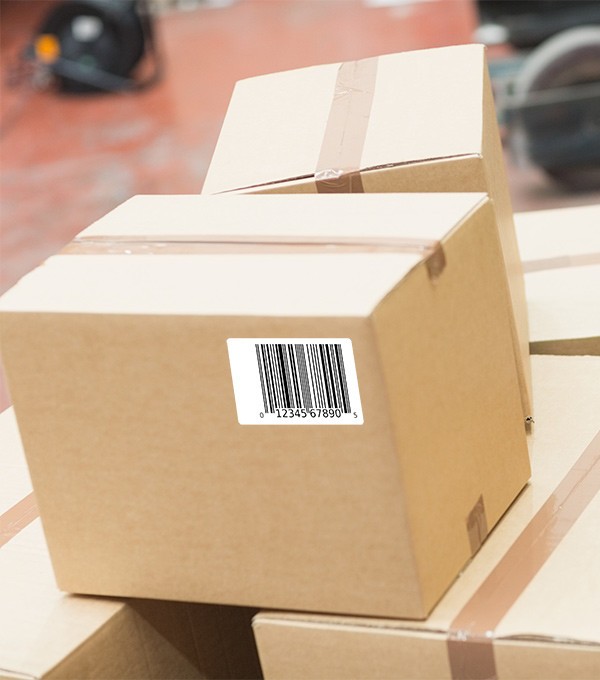
Barcodes play a major role in efficient product fulfillment by providing a method to track and store information about individual products, as well as cases or pallets containing hundreds, thousands, or even millions of items. Without barcodes, product information would have to entered manually; a system that would likely result in a lot of human errors. There would be more lost items, missing orders and returns, receiving delays and increased expenses, and negative customer feedback, resulting in major headaches for merchants and warehouses.
Introduced in 1974, a barcode is a machine-readable symbol that stores identifying data about the package or product with which they are associated. When scanned, the symbol is decoded, recorded, and processed to extract the data for a variety of uses.
While outsourcing to a 3PL services company allows e-commerce business owners not to have to deal with barcodes on a daily basis, it is still helpful for them to recognize and understand the different types.
Here are some of the most common types of barcodes used in product fulfillment:
1D (one-dimensional) linear barcodes
1D (one-dimensional) barcodes are found on almost every retail product, and they are what most people picture when they hear the word “barcode.” Linear or 1D barcodes include some of the most recognizable barcode types including the UPC and EAN codes.
Represented by black vertical lines and numbers, 1D barcodes hold a few dozen characters, and get physically longer as more data is stored within it. Character limited, alphanumeric data is encoded within the parallel lines of a 1D barcode and it is linked to a database.
1D or linear barcodes can be scanned with traditional laser scanners, or using camera-based imaging scanners. These scanners read 1D barcodes horizontally, and when scanned, the encoded data is decrypted, revealing the information about the product. These barcode systems are a necessity for most retailers, as they help to increase inventory accuracy and save time.
2D (two-dimensional) matrix codes
2D (two-dimensional) barcodes use patterns of squares, hexagons, dots, and other shapes to encode data. The data is coded both vertically and horizontally, thus it is read in two dimensions. Storing the data this way allows for 2D barcodes to hold much more data than a 1D barcode (up to 2000 characters), while still appearing physically smaller.
Some common examples of two-dimensional barcodes include the QR Code, Data Matrix, PDF417, MaxiCode and Aztec Code.
Postal barcodes
Postal codes have similarities to both 1D linear and 2D matrix barcodes. Instead of encoding data in the black bar and white space widths, postal codes mainly use the height of the bars. Most postal codes only use numbers, but they can sometimes contain letters as well.
The POSTNET (Postal Numeric Encoding Technique) barcode and the IMB (Intelligent Mail Barcode) are two common examples of postal barcodes.
Stacked linear barcodes
A stacked linear barcode is one of two types of 2D barcodes. Stacked linear barcodes consist of multiple linear barcodes that are layered on top of one another, allowing a greater amount of information to be encoded. In order to fully decode the data contained within a stacked linear barcode, a barcode reader must be capable of simultaneously reading the code both horizontally and vertically.
GS1 DataBar Stacked barcodes (typically used in supermarkets) and PDF417 barcodes are two common examples of stacked linear barcodes









